Mang Den, a town in Kon Plong District (Kon Tum), is considered a dynamic economic zone and a tourist 'paradise' of the province. However, few people know that in this land, stories about mysterious and magical gods have long been circulating.
Fairyland
At an altitude of over 1,200 m above sea level, Mang Den has an average temperature of 16 - 20 degrees Celsius. With a terrain mainly of hills and mountains, forest coverage reaching 82%, this place has many scenic spots, lakes, waterfalls, stone streams and pristine indigenous culture. In early spring, Mang Den is cold, all over the hills and mountain tops are covered with a thin white mist like a stream of milk. Hidden behind the pine forests are hundreds of villas hidden in the mist. On the roads in Mang Den, cherry blossoms are densely planted. Mr. Tran Van Lam, Deputy Head of the Heritage Department, Department of Culture, Sports and Tourism of Kon Tum province, shared: In addition to the mountainous terrain and primeval forests, Mang Den also owns many beautiful lakes and waterfalls. This is also the strength for Kon Plong district to develop tourism in the direction of ecology, resort, culture - history.Mang Den still retains its original indigenous cultural values (DUC NHAT)
Mr. Lam said that since ancient times, the Mo Nam people have always passed down a legend to explain the formation of 7 lakes and 3 waterfalls in Mang Den. According to legend, Mang Den is called T'Mang Deeng. T'Mang means place to live, and Deeng means god. T'Mang Deeng means the place where gods live.
In the early days, T'Mang Deeng was a wild land. Everywhere was just forests and mountains, without human footprints. At the edge of the forest, herds of deer leisurely grazed. Across the high mountains, a clear river meandered like a soft silk strip. At that time, Plinh Huynh was the highest god in heaven and had the power to create all things. Seeing that T'Mang Deeng was prosperous but wild, god Plinh Huynh immediately sent his 7 sons down to establish a village and live there. When the 7 sons reached the age of marriage, god Plinh Huynh descended to earth again, went to neighboring villages to ask for beautiful, talented, and skillful girls to marry his sons. After the marriage, the 7 couples established 7 villages around the T'Mang Deeng area. Plinh Huynh appointed his 7 sons as gods to govern that land; The wives turned into mascots representing pigs, deer, fish, lizards... God Plinh Huynh asked the governing god to swear an oath not to eat the meat of the animal whose wife was the mascot. Anyone who violated this rule would be punished by Plinh Huynh.All over the hills and mountain tops in Kon Plong are covered by a thin layer of white mist (DUC NHAT)
Legend of "7 lakes, 3 waterfalls"
At first, once a year, the seven sons flew to heaven to report to god Plinh Huynh about their work and life on earth. Gradually, none of the sons returned to heaven. Every year, the barn was full of rice, the yard was full of pigs and chickens, the dried wild game meat was hung in the kitchen cupboards, and the buffaloes, cows, and goats were raised in the forest and fattened. The seven governing gods taught the people to perform the Deeng ceremony. One day, on the occasion of the Deeng ceremony to celebrate the New Year, the villagers held a festival to eat and drink lavishly, singing from one night to the next. Then, in their drunkenness, the governing gods circled around the pole, drank wine and ate all the food that the villagers brought, including the meat of animals that their wives made sacred. From heaven, god Plinh Huynh looked down and saw his sons violating the prohibition, he was furious and used magic to punish his sons who broke their oath. While the villagers were celebrating the festival, eating and drinking, suddenly the ground in the villages collapsed, creating large holes. From underground, smoke and fire rose up.Pa Sy Waterfall, one of the famous destinations in Mang Den eco-tourism area (DUC NHAT)
Villages and houses were engulfed in flames. Sparks of fire shot into the cliffs, creating three large waterfalls. Water from the waterfalls poured down to extinguish the flames from the deep pits and turned them into seven lakes. The seven lakes were named after the sons of the god Plinh Huynh: Toong Dam, Toong Rpong, Toong Zo Ri, Toong Ziu, Toong Sang, Toong Li Lung and Toong Po. The three sparks that created the three waterfalls were Pa Sy, Dak Ke and Pne. From this story, the survivors always taught their children to keep their oaths, not to break their promises and to be grateful to those who sacrificed themselves to protect the peace of the village.Mang Den attracts tourists by its pristine beauty (SANG NGUYEN)
National tourism center As a Mo Nam ethnic, Mr. A Tam, Deputy Head of the Culture and Information Department of Kon Plong District, said that no one knows when the legend of "7 lakes, 3 waterfalls" began. In addition to the above story, there are also some other versions passed down through the stories of the Mo Nam people in the Mang Den area. Today, 7 lakes and 3 waterfalls are one of the places that attract tourists to Mang Den. However, some lakes have dried up, so the locality has a policy of restoring and renovating them to develop tourism. The locality is calling for and attracting large investors to match the tourism potential of this land. According to Mr. Tam, there have been a number of lakes and waterfalls in the area that have been invested in by the locality or individuals and organizations to become tourist attractions. However, Kon Plong District still requires individuals and organizations to develop tourism in parallel with preserving the ecological environment. The locality also organized the planting of more than 12,000 cherry blossom trees to create landscapes, attract tourists and make Mang Den land greener.

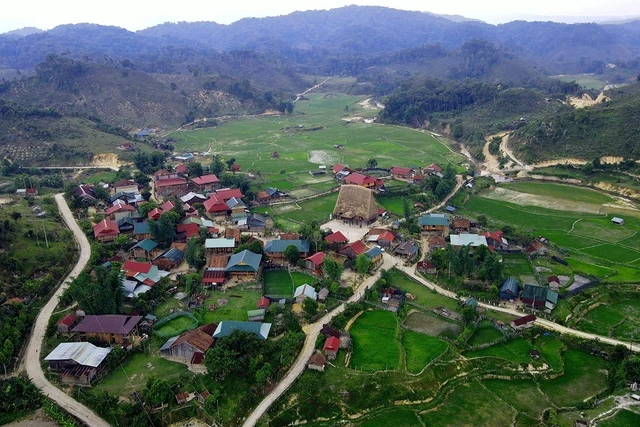


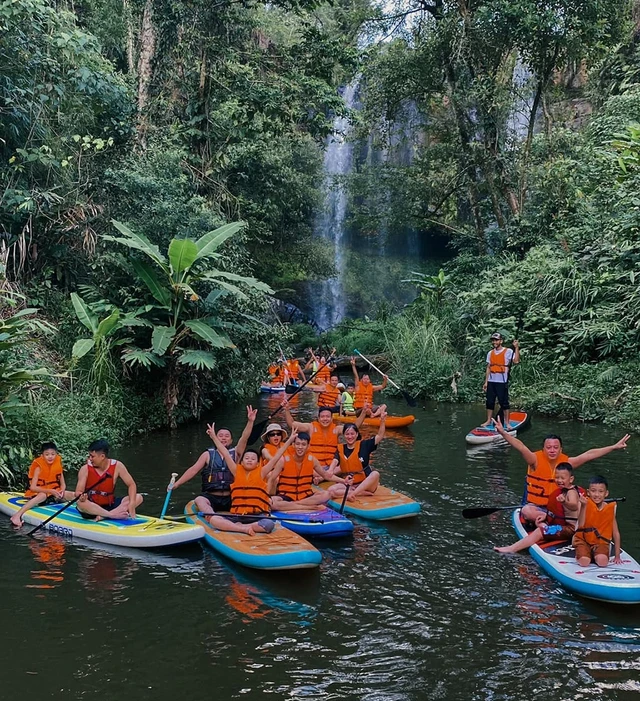







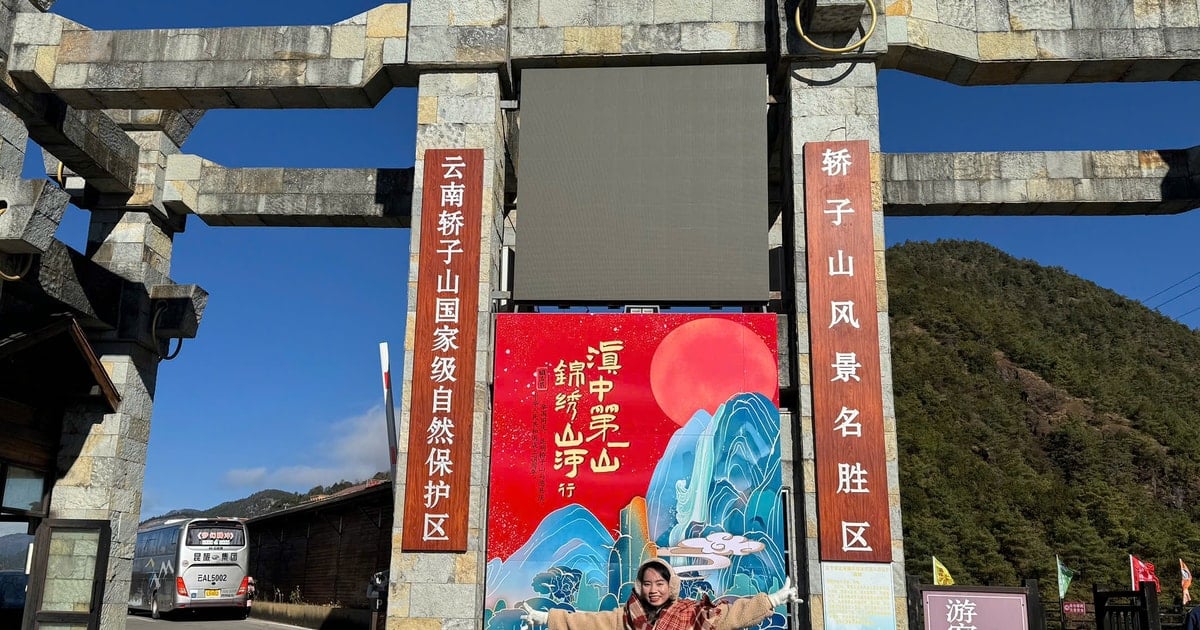

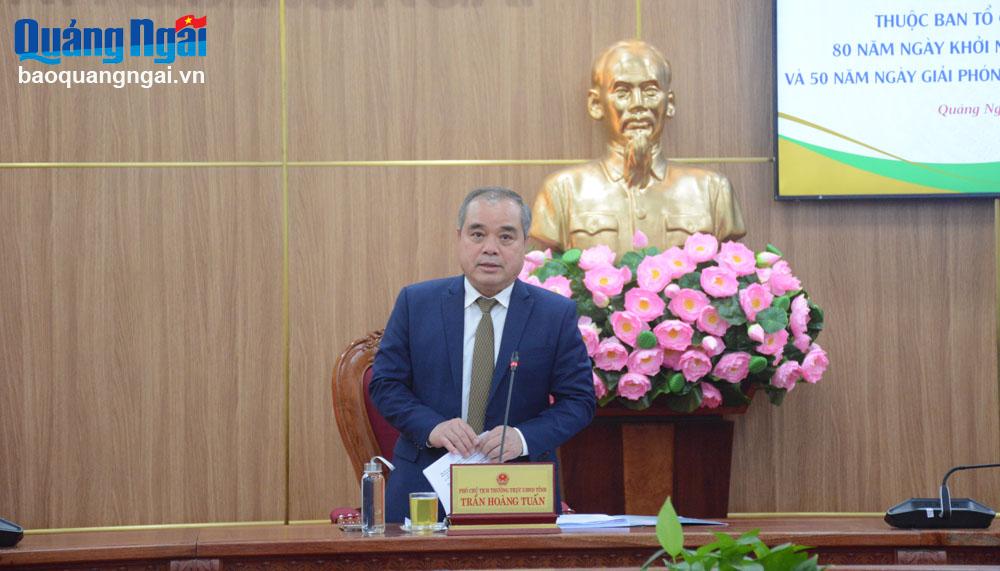







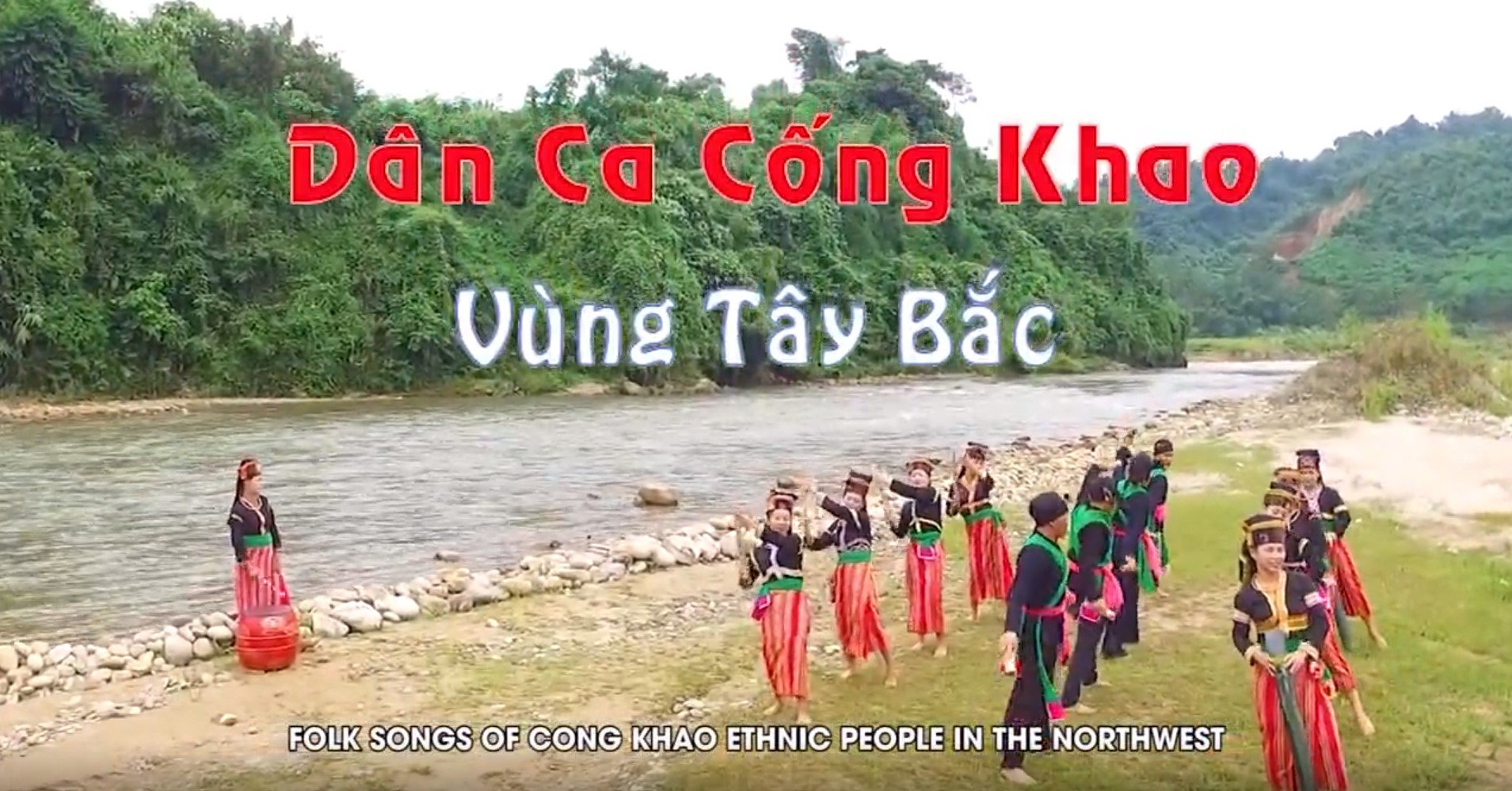











Comment (0)